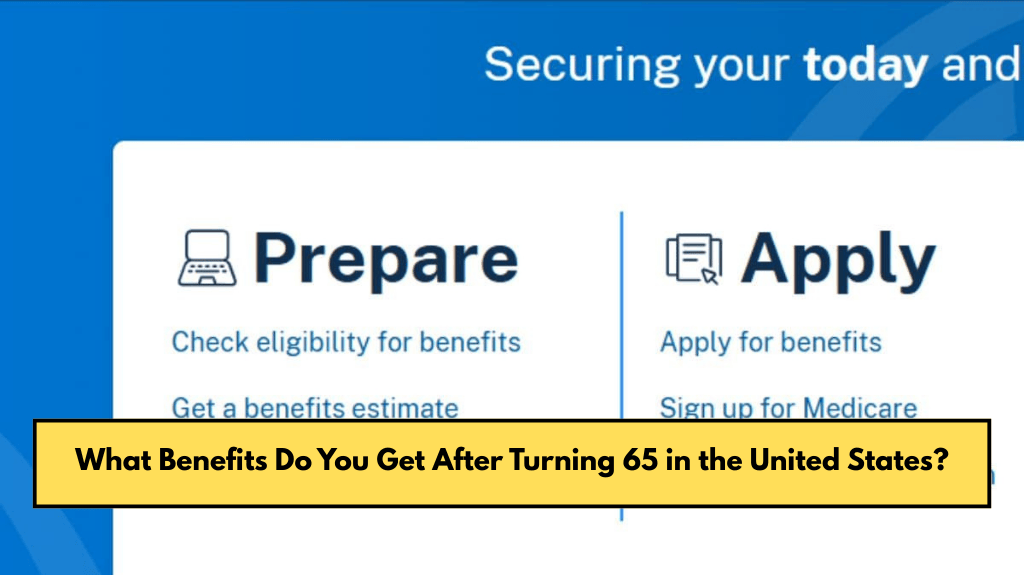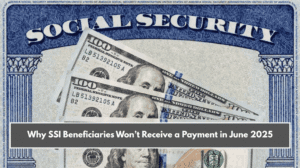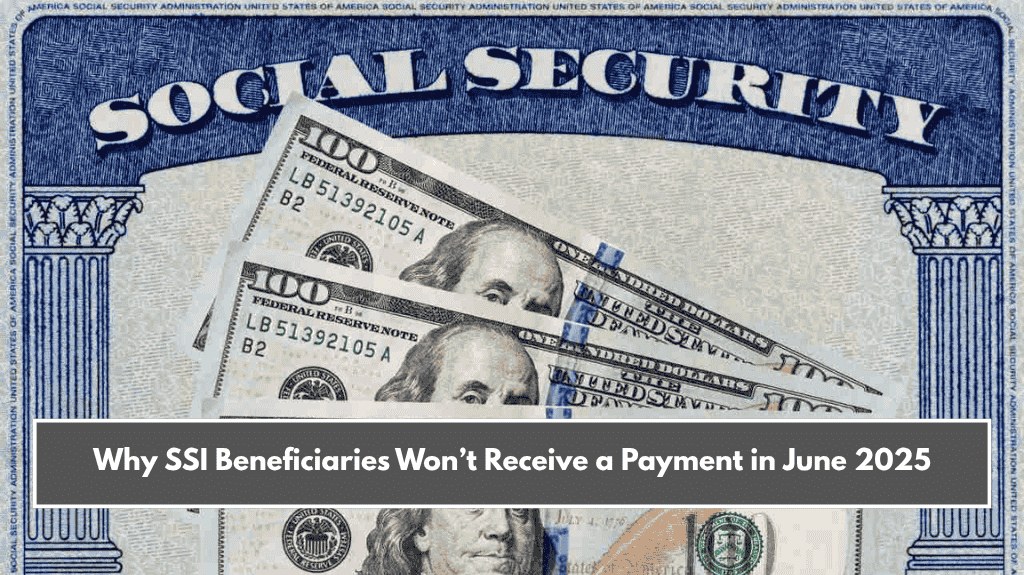Turning 65 is a major milestone, especially in the United States. It doesn’t just mark the beginning of retirement for many people—it also opens the door to a range of government benefits. These include help with health care, monthly income, food, and even transportation. Some benefits start automatically, while others need to be applied for.
Understanding what support is available after 65 can help older adults live more comfortably. These programs work together to support seniors in different ways, depending on their income, work history, and other personal factors.
Let’s look at the main benefits available for people over 65 and how they can be combined for better financial and health security.
Social Security Retirement Benefits
Social Security is one of the most important benefits available to Americans over 65. It gives a monthly income to those who have worked and paid into the system for about 10 years or more. To qualify, you need 40 work credits, which is roughly equal to 10 years of full-time work.
While you can start getting Social Security payments at age 62, many wait until 65 or older to get a higher monthly amount. If you wait until your “full retirement age” (between 66 and 67, depending on your birth year), you can receive 100% of your benefit.
For many seniors, Social Security is their main source of income in retirement.
What’s the Maximum Social Security Benefit at Age 65?
In 2025, the highest Social Security payment for someone retiring at full age is about $4,018 per month. But to get this, you need to have worked for 35 years at high wages and wait until age 66 or 67 to apply.
If you apply at age 65, you won’t get the maximum, but you can still receive a good amount if your income history is strong. The earlier you apply, the lower your monthly payments. That’s why it’s important to plan the right time to start.
Benefits You Can Combine with Social Security
Once you turn 65, you don’t just get Social Security. You may also qualify for other helpful programs, depending on your income and needs. These benefits can be used at the same time and are designed to support your health, food, and daily life.

Medicare
Medicare is a health insurance program for people 65 and older. It covers hospital stays (Part A) and doctor visits or outpatient care (Part B). If you already receive Social Security, Medicare enrollment is automatic. If not, you must sign up during your initial enrollment period.
SSI (Supplemental Security Income)
SSI is a benefit for seniors with low income. It can be received along with Social Security, but the amount depends on your total income. In 2025, the maximum SSI monthly payment is $967.
SNAP (Supplemental Nutrition Assistance Program)
SNAP, also known as food stamps, helps older adults buy groceries. People over 60 can get extra deductions for medical expenses when applying, making it easier to qualify.
State and Local Programs
Different states offer different types of help for seniors. This could include discounts on electricity and water bills, reduced fares on public transport, help with rent, and even property tax relief. You’ll need to check with your state’s benefits office to see what’s available.
Reaching age 65 in the United States comes with many advantages, especially when it comes to government support. Programs like Social Security and Medicare provide essential financial and health coverage, while SSI and SNAP offer extra help for those with lower incomes. Many states also have special assistance plans that can make life easier.
Knowing which benefits you qualify for—and applying on time—can make a big difference in your retirement years. These programs work together to provide a better quality of life, covering basic needs and helping seniors feel more secure and supported.















